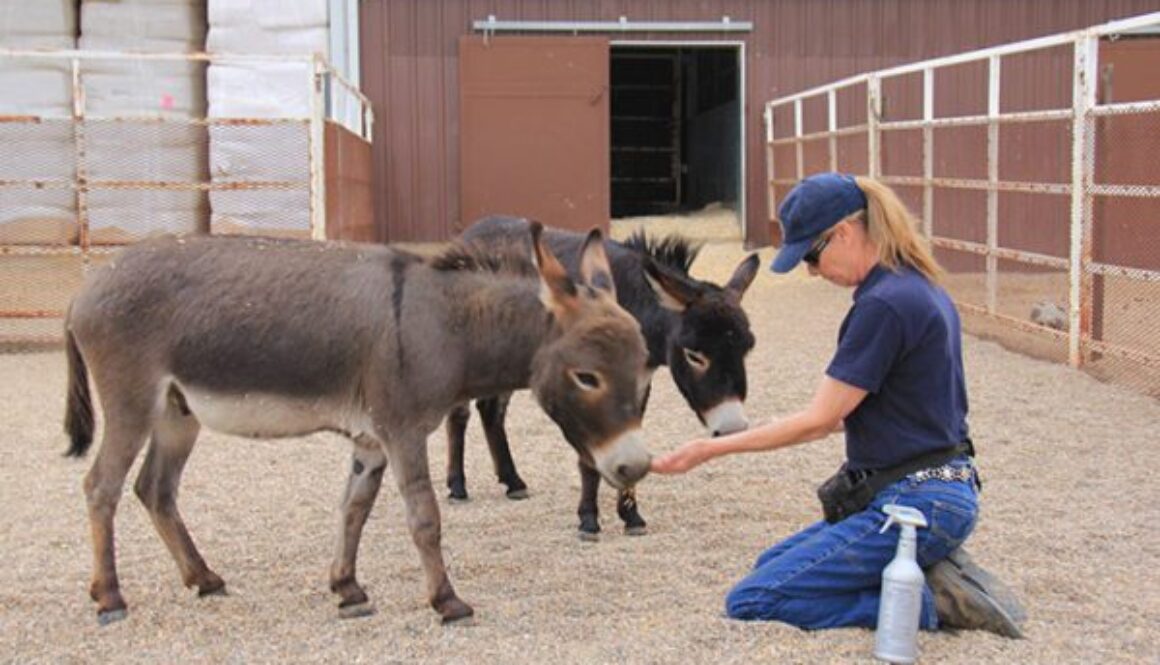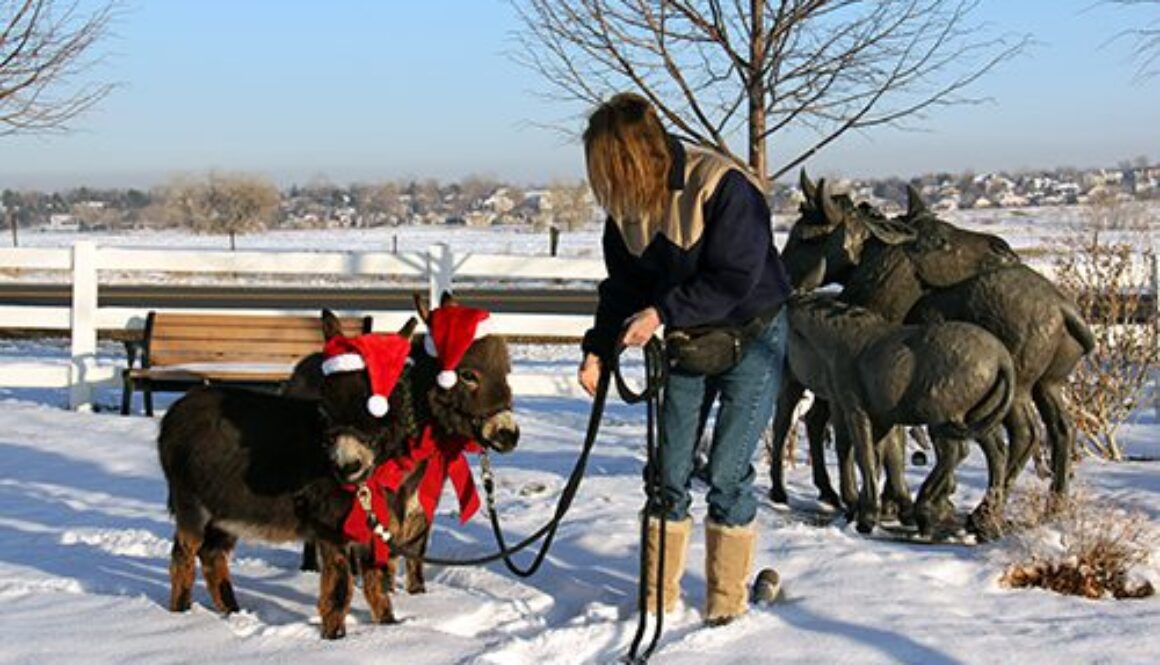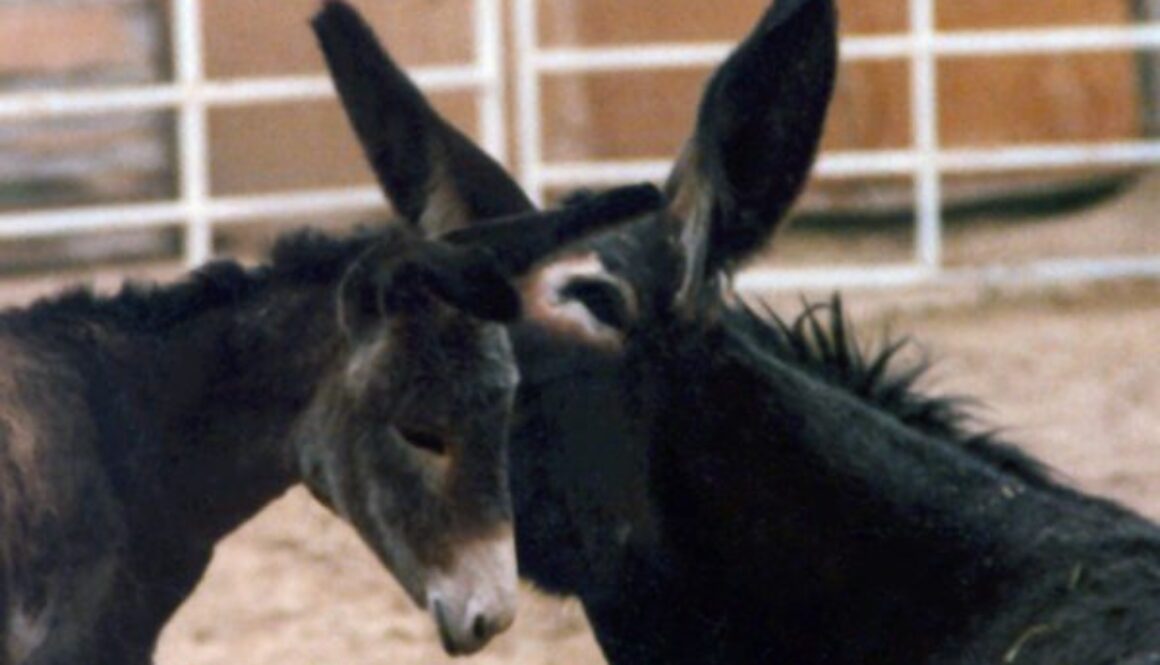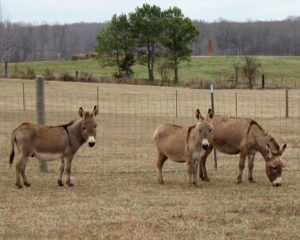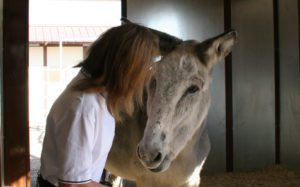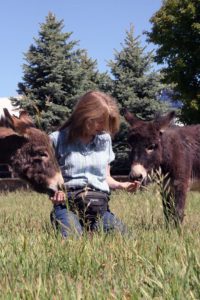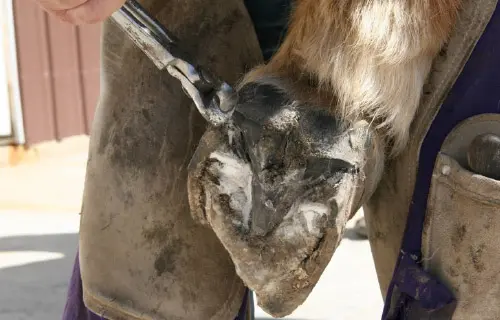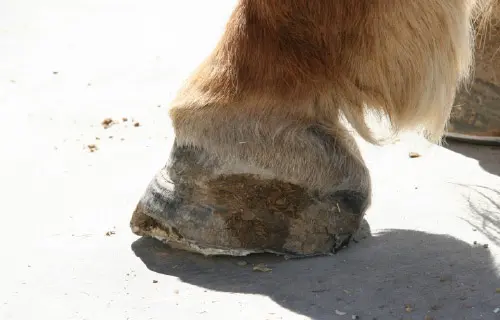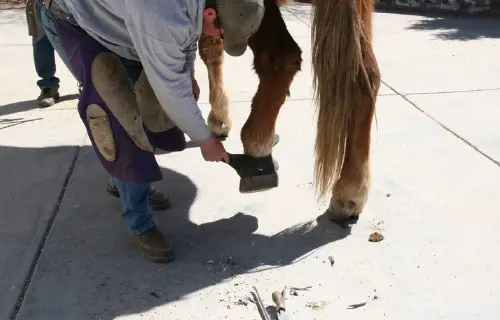GivingTuesday: Give for the Good of Horses
The following is from All About Equine Animal Rescue:
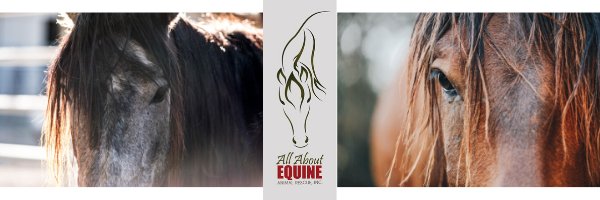
All About Equine Animal Rescue, Inc

GivingTuesday, Lola, and Liza
Holiday Music Benefit
Adoptable Horses
New USRider Offer for AAE Community
Volunteer Corner, Volunteer Needs
AAE Used Tack Store + Holiday Hours
Other Ways to Help
AAE Friends, Supporters, & Service Providers


GivingTuesday is a global day dedicated to giving back! First, we’d like to thank you for your support of AAE over the years. Your generosity has already made a profound impact on the lives of countless horses, and today, we’re reaching out with a special request – one that can give even more rescue horses the future they deserve.
By making a gift this GivingTuesday, you can help ensure horses receive the care and second chances they deserve. Horses like Lola and Liza.
LOLA & LIZA
Lola and Liza came to AAE in January 2024, also through a collaborative effort with Auction Horses Rescue. Similar to Miles and Monroe, Lola and Liza had been with a (different) foster who didn’t have adequate facilities for gentling mustangs. These girls were unhandled/unhalterable, and, as a result, they hadn’t had any dental or hoof care, vaccines, or deworming.


LOLA
Lola is a reservation mustang, approximately two years old when she arrived. During our time with Lola, she made good progress, learning to trust and accept touching and haltering. Once we got through that, she had her spa days getting much needed hoof and dental care, vaccines, and deworming, and she got a microchip. Lola furthered her education as a participant in the Monty Roberts International Learning Center’s 15-day Advance Course of Horsemanship in the spring.
It wasn’t long before Lola met her perfect match in Mel! Mel is a previous AAE adopter, and we are grateful she opened her heart and home to another beautiful sweetheart.
LIZA
Liza is about a coming four year old reservation mustang. A few months prior to coming to AAE, Liza was pregnant and lost her foal. She was about four or five months along.
Liza is a beauty! Trust was a much bigger concept for her. She was much more hesitant around humans and required more patience and persistence than Lola. She has more sass than Lola, too! She’s making great progress. She has a ton of try, she just moves slowly and cautiously, and her confidence is growing by the day.




Liza also went to the MRILC where she participated in the 15-day Advance Course of Horsemanship as a student project. She didn’t progress as quickly as the other AAE girls, but it was still a wonderful learning opportunity for her. She is halterable when she knows you, and she stands quietly for the farrier and vet if led with a quiet approach and gentle hand.
Liza is available for adoption as a project horse. Her ideal adopter is a mustang-experienced person who can continue her training with patience and love. She has a ton of potential, but person shouldn’t be in a hurry, should have no timeline, and he/she should have an open mind about when Liza will be ready to do more. You can learn more about her:www.allaboutequine.org/liza


Some horses come to us from heartbreaking situations, and it’s because of your kindness that we can offer them the care and love they desperately need. From veterinary care and proper nutrition to a safe, loving environment, your contributions support the recovery and long-term well-being of the horses and other animals that come to AAE. Your GivingTuesday donation, no matter the size, will help horses-in-need like Lola and Liza.














